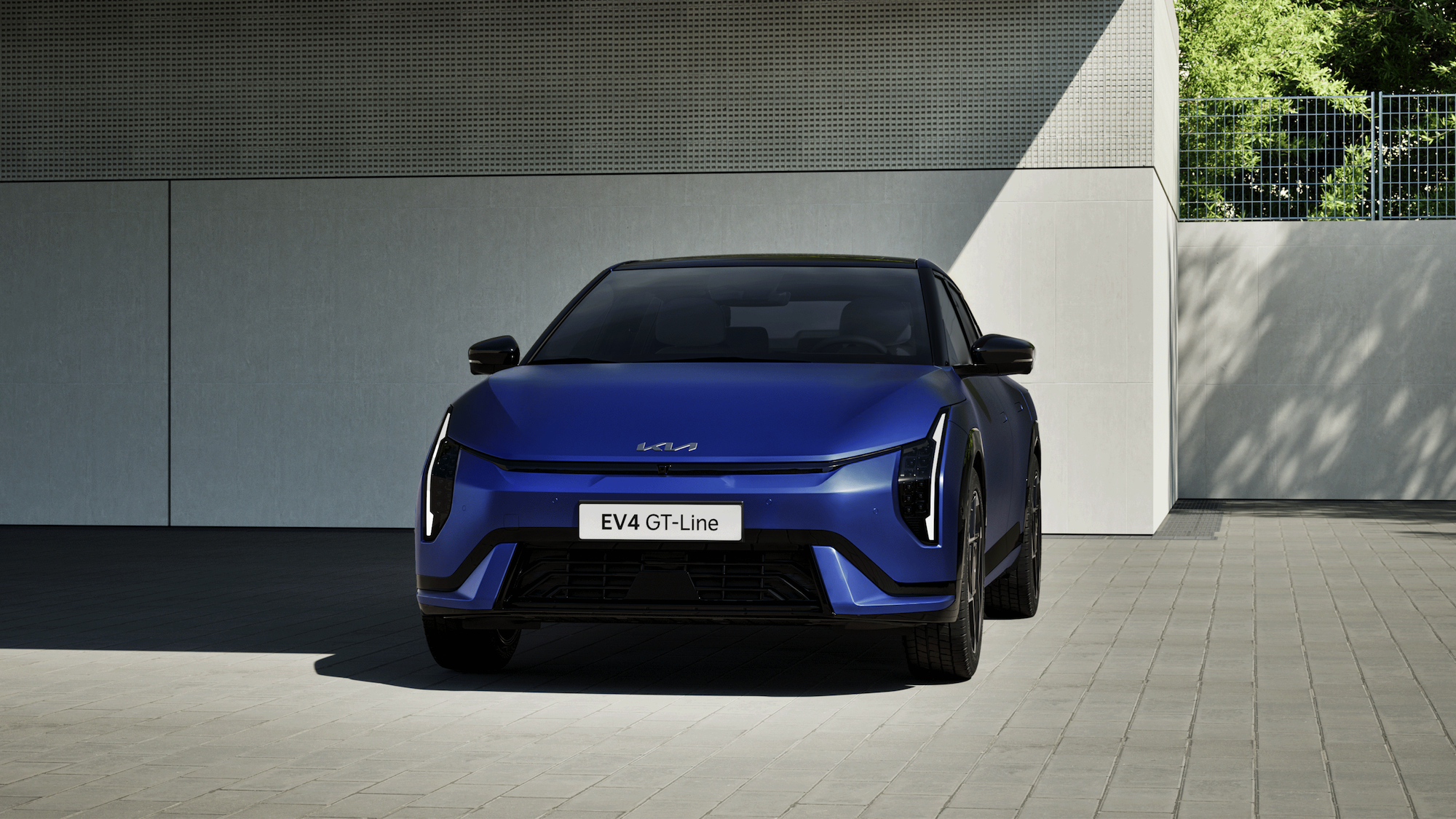Barrick says it is ‘revolutionising’ copper concentration through the use of Woodgrove Technologies’ Direct Flotation Reactor (DFR) technology at the MBCC Jabal Sayid copper mine in Saudi Arabia, adding: “This technology features a smaller footprint, greater efficiency, and unparalleled selectivity, enabling the transition from rougher concentrate to final concentrate in a single stage.”
The Jabal Sayid underground copper operation is located 350 km north-east of Jeddah in the Kingdom of Saudi Arabia. It is a 50/50 joint venture operation with Saudi mining company Ma’aden. In Q1 2024 the mine produced 17,000 t of copper and for the full year 2023 it produced 64,410 t (both 100% basis). Mining and development is carried out by Australia-headquartered Byrnecut whose contract currently runs to 2028.
The DFR technology has been deployed as part of the new Jabal Sayid Lode 1 project. The scope of this project is to develop and mine a new orebody, located less than a kilometre from the existing lode at Jabal Sayid. The project design includes underground capital development as well as ventilation, paste plant and underground mining infrastructure upgrades where stoping commenced during the third quarter of 2023 and development was running ahead of schedule and was 98% complete by end Q1 2024.
The up-cast ventilation raise bore shaft had also been fully equipped and the reaming of the fresh air ventilation shaft had been completed by end March. A new reagent plant and the DFR were commissioned in Q1 2024 with ongoing optimisation. Civil and mechanical construction at the paste plant had also been completed with electrical construction nearing completion. Commissioning of the paste plant was scheduled to commence during the second quarter of 2024.
DFR flotation cells have been deployed at other operations globally, including at Copper Mountain in BC, Canada, now owned by Hudbay Minerals and Lundin Mining’s Chapada gold mine in Brazil. It has also been earmarked for Generation Mining’s Marathon palladium-copper project in northwestern Ontario which is in the final stages of obtaining permitting and approvals.
Woodgrove says that Direct Flotation Reactors provide up to a 50% footprint reduction plus involve reduced capital investment and operating cost using up to less 50% power and bringing 90% air savings. DFR also allows for reduced transportation costs with less piping, wiring and smaller MCCs plus use single level staging with no step height.
In more detail, the company states: “The Direct Flotation Reactor (DFR) is a flotation cell that works on the principle of preventing the formation of a froth and froth slurry interface. Independent bubbles are removed from the collection zone in a gas phase/slurry phase. The flotation cell has a particle collection regime in the lower half of the vessel and the loaded bubbles are recovered at the top of the vessel.”
The complete unit is a pressurised system. The DFR has a very low footprint due to the absence of a froth phase, the mass pull does not dictate tank size and the installation is on a single level (elevation) with no step height between cells. “Being a low air system, the DFR has enhanced selectivity and like the SFR has reduced power and air consumption. No mist, dust or off-gases as the system is entirely enclosed! The system performs equally well in both rougher and cleaning circuits with equivalent or better performance than conventional flotation technology.”
A few other cited benefits of the elimination of the froth zone are no coalescence of bubbles when froth forms (coalesced bubbles are up to 20x larger than when they are formed), plus mineralised particles ‘compete’ for the reduced surface area while ‘losers’ drop back into the slurry.




